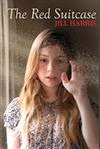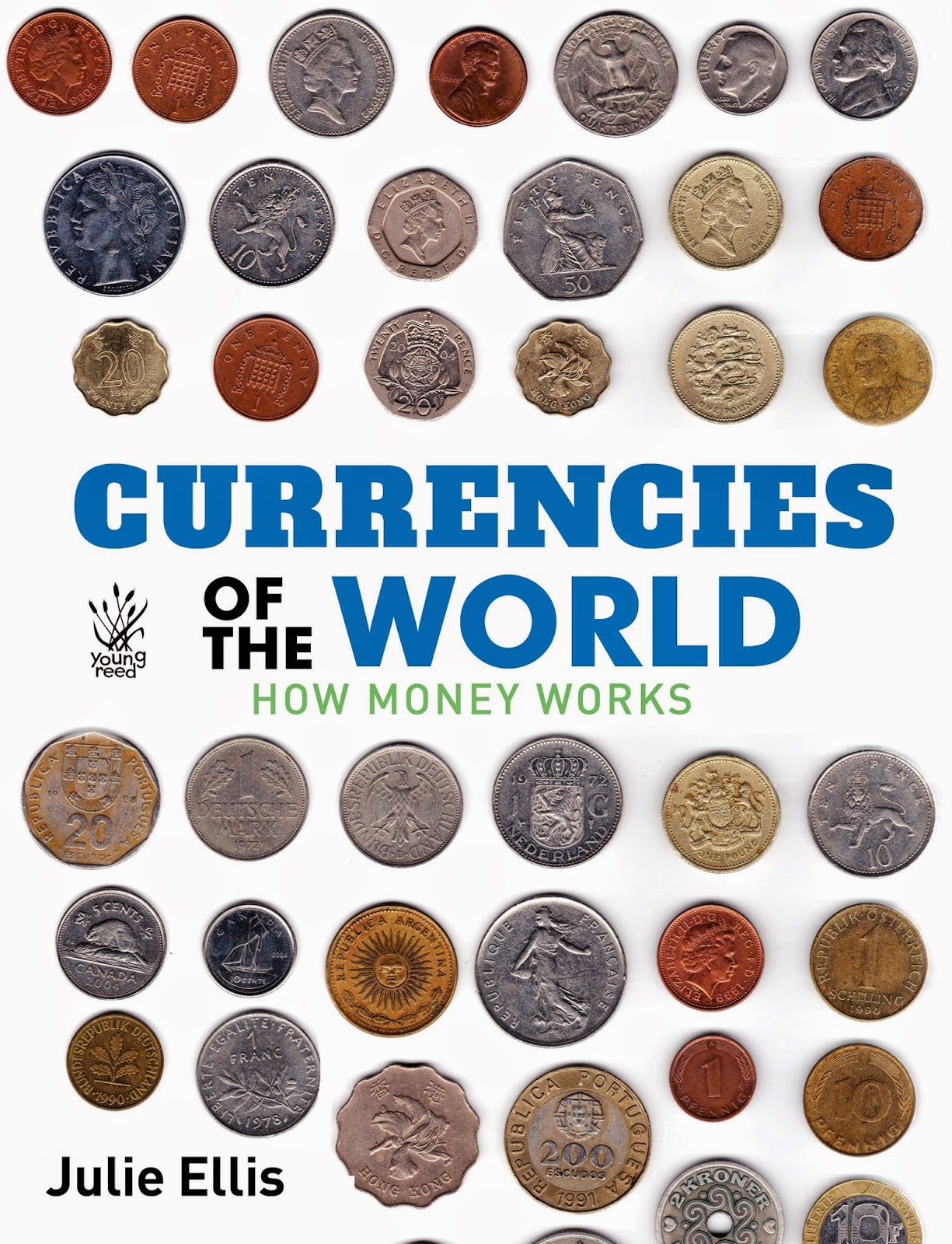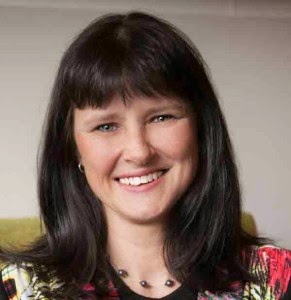The Award Ceremony in Auckland is now only 2 short months
away and before then the finalists will be involved in a frenzy of activity. I hope to show some of it here.
An interview with Melinda
Szymanik,
Writer of A Winter’s Day in 1939 Scholastic NZ 2013
New
Zealand Post Book Awards for Children and Young Adults
Junior Fiction
finalist
Melinda with the
Polish ambassador, Beata Stoczyńska, who
launched
A Winter’s Day in 1939 at the Children’s Bookshop, Kilbirnie, Wellington on
Saturday April 13th 2013.
Image:
Barbara Murison
You must have a lot of ideas floating around. How did you decide to write this book?
As
my siblings and I were growing up, our father and mother sometimes told us
stories about their own childhoods in Poland when World War 2 broke out. Parts
of the stories were heartbreakingly sad and parts were truly incredible. When I
had some writing published my mother started suggesting I write my father's story
but I didn't think it was something I could do justice to. Eventually I wrote a
short story for children based on one brief fragment of Dad's experience and it
was published in the Australian School
Magazine. When Scholastic called for short stories for an anthology they
were putting together, I submitted this short story along with a few others. It
didn't end up in the anthology but after a while they got back in touch and
asked if I would like to turn the short story into a
novel. It seemed like the time had come to give it a go.
I
was very fortunate to have the notes my father had made outlining his
experiences. His own personal history provided all the elements of an amazing
story of courage and survival. So much of this story is true.
Tell us a bit about the journey from
manuscript to published work. What was the biggest challenge you faced in
publishing this book?
I
initially wrote the story in the third person. It seemed the right approach at
first as I was basing the novel on my father's life. To help me see him as a
character and to enable me to transform the real experience into fiction I
wanted the distance that writing in third person allowed. This enabled me to
complete the first draft but it was too distant. I went back to the manuscript
and rewrote it in first person but I still didn't have the voice quite right.
And I'd removed some of the fictional elements that I wasn't sure about in the
rewrite, but the publisher said, 'we want them back in!' So I rewrote the story
again, focusing on the voice, adding in the elements I'd removed, and
strengthening the overall storyline. I am grateful the publisher was so patient
with me, and my wonderful editor just kept pushing me in the right direction
and giving me the best advice.
Did you tailor this book to a particular
audience – or did you find it found its own audience as it was written?
I made the
character the same age my father was during World War 2 (he is 12 at the start
of the story), so this affected who the potential readership might be. And I
did temper the material so it wasn't too horrifying for younger readers. With
that said, the book is being read and enjoyed by a broad range of readers from
under 10s to adults.
Can you recommend any books that you love,
that inspired or informed your book in any way?
I adored reading (and
re-reading) the Little House on the
Prairie series by Laura Ingalls Wilder and the Flambards books by KM Peyton, when I was a child and I thought
these books had the perfect blend of storytelling and historical background.
They gave me a love of historical children's fiction and I wanted to achieve
the same sense of historically grounded fiction that they exemplified.
Tell
us about a time you’ve enjoyed relaxing and reading a book – at the bach, on
holiday, what was the book?
A recent summer holiday read was Maggie
Stiefvater's The Scorpio Races. What
a wonderful book. Luscious, evocative language and a truly original tale woven
out of the little known myth of the Scottish water horse. The best kind of writing
and a thrilling ride. It’s not really a holiday if I don’t have sufficient time
set aside for reading.
Image: Acknowledgements to Melinda
What are your favourite things to do, when
you aren’t reading or writing,
and why?
Spending time with my family. We
enjoy each other's company and spend a lot of our time together laughing. It
probably explains why 'family' is often at the centre of my stories.
How does understanding what happened
to these Polish Refugees in World
War 2 help New Zealand children today?
While the story is set mostly in Eastern Europe and the Soviet
Union the experiences of the refugees is relevant to us in several ways.
Towards the end of the war over 700 orphans and other polish refugees
(including my aunt and uncle) came to live in New Zealand and many stayed to
make their lives here once the war was over. Some were joined by other family
members (including my Dad and Grandfather). I have been surprised and delighted
by how many people count these folk as friends or are related in some way to
these refugees. They, and their experience, have been part of our society for
decades now and having a glimpse in to their past helps strengthen our social
bonds. And while their backgrounds and stories might be different, today's
refugees making New Zealand home benefit from the empathy we develop reading
books like this. I also think part of New Zealand's terrific social
progressiveness comes from our broader understanding of historical world events.
Questions were prepared by
Sarah Forster at Booksellers NZ apart from the last one. For this I asked
Melinda if she would like to add a question, and then answer it herself.






























